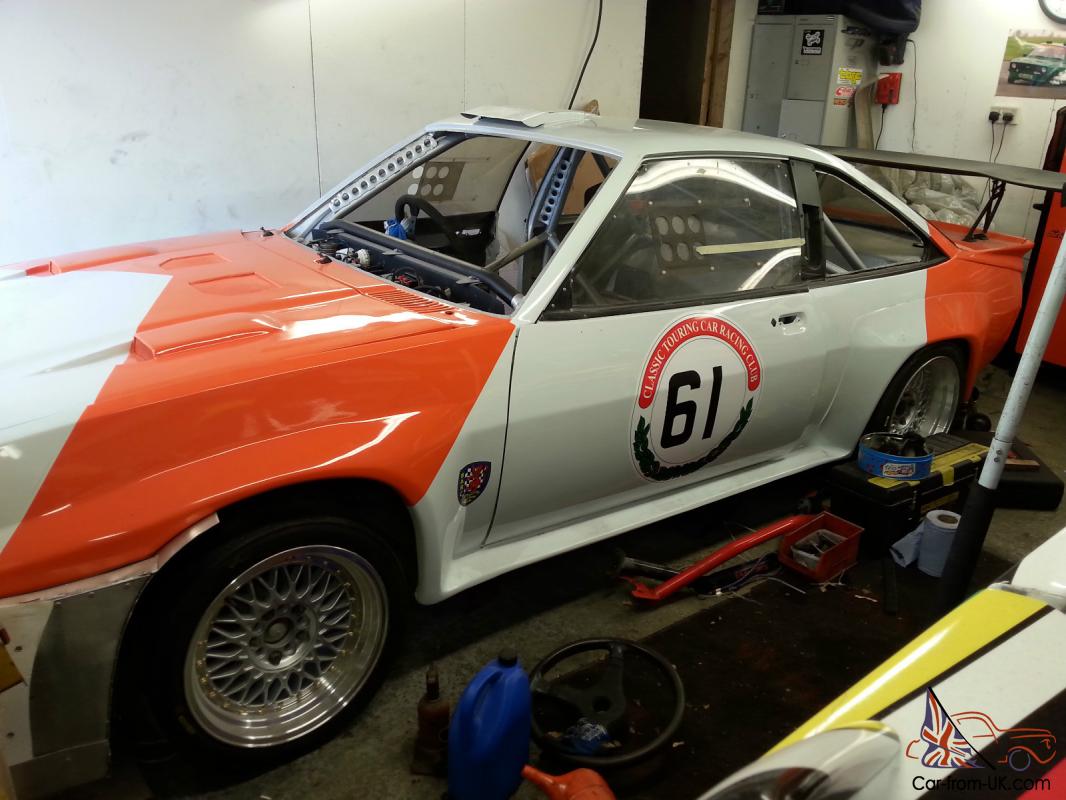
(C) Articles by Jay Auger – w ebsite owner, main author & chief editor

Steel tubular spaceframe with roll cage, bodywork composed of lightweight fibreglass and kevlar.ĭouble wishbones, coil springs over shock absorbers, anti-roll barĪWIN Affiliates Program – by purchasing books with the links provided here you are also helping to support the Rally Group B Shrine!*įerrari 308, 328 & 348: The Complete Story As such, some people consider the F40 to be a Group B car in itself, tracing its direct lineage to the 288 GTO Evoluzione and as far back to the 308 GT/M project that started in 1981, not to mention that it was the last Ferrari to be built with a tubular frame so often indicative of the period Group B supercars. These post-ban homologations would later be “recycled” in the new FIA “GT” categories. It is little known that the Ferrari F40 was homologated in Group B (B-293) in late 1989. 288 GTO Evoluzione – side view F40 – side view The similarities between the two cars are quite striking and cannot be denied. This exercise was not futile for Ferrari as many of the 288 GTO Evoluzione’s technical features were carried over to the now legendary F40. However, as history would unfold, Group B was banned for the end of 1986 thus production of the racing cars was halted with six prototype units already built one derived from a road car, five others entirely from scratch. The 2855 cc engine was also improved and the boost on the turbochargers cranked up a few notches: a combination that could provide up to 650 BHP therefore cutting in half the power to weight ratio of the road car – a feat in every aspect. The dry weight of the car is said to be only 940 kgs. The Evoluzione sported advanced lightweight composite bodywork and much improved aerodynamic bodywork features directly evolved from the GT/M and other racing projects. “EVOLUZIONE” PROTOTYPE Ferrari 288 GTO EvoluzioneĪfter building the required 200 homologation units required for Group B participation, Ferrari went on, with the help of long time partners Michelotto and Pininfarina, to start conception and production of the 20 “ evolution” cars aimed directly for circuit racing competition. Steel tubular spaceframe with roll cage, bodywork composed of lightweight fibreglass, aluminium, and kevlar.ĭouble wishbones, coil springs, co-axial Koni dampers, anti-roll bar Homologation number: B-273 (click # to view papers) ***This article is only a quick excerpt / please come back later for page expansion*** All actual “works” racing aspirations were differed to the “Evoluzione” version of the 288 GTO for use in endurance circuit racing. interiorįerrari, since it was part of the Fiat group, had no official rallying ambitions (that aspiration ended with the GT/M) but still expected the 288 GTO to nonetheless be run predominantly in tarmac events of the European and Italian Rally Championships by privateer teams, as did the venerable 308 GTB before it. Ferrari did produce an extra 73 units, one of which was used to build the first Evoluzione ( evolution / ET / racing) version. As such, the 288 GTO is NOT a prototype but a fully-fledged Group B car.

Production of the Ferrari 288 GTO started in mid-1984 and, having produced the required 200 units, was officially homologated in Group B on June 1st 1985. This resulted in an increased wheelbase of 110 mm / 4.3 inches over the standard 308 which also aided in overall stability. Furthermore, the 400 BHP engine was mounted longitudinally by using all of the trunk space as opposed to the 308’s transverse layout thanks to the lessons learned with the GT/M prototype. In this instance, the 288 GTO could run a maximum tire combination width (for one side of the car) of 24 inches and have a minimum curb weight of 1,100 kgs. Thus, the new smaller turbo engine would have a final cc rating of 3997, efficiently putting the 288 GTO in the upper range of the 3000~3999 cc class (which also dictated maximum tire widths and minimum curb weight). The Group B regulations therefore mandated a multiplication factor of 1.4 for forced induction engines. technical viewĭue to Group B’s displacement rules, the quattrovalvole V8 2927 cc engine was de-stroked to 2855 cc since it was Ferrari’s intention to add turbocharging. The 288 GTO can be arguably considered as a major “Group B evolution” of these concepts due to the inherent similarities and natural improvements between them. Designed by renowned firm Pininfarina, the Ferrari 288 GTO was technically based on the Group 4 308 GTB and its aborted Group B evolution prototype – the 308 GT/M.


 0 kommentar(er)
0 kommentar(er)
